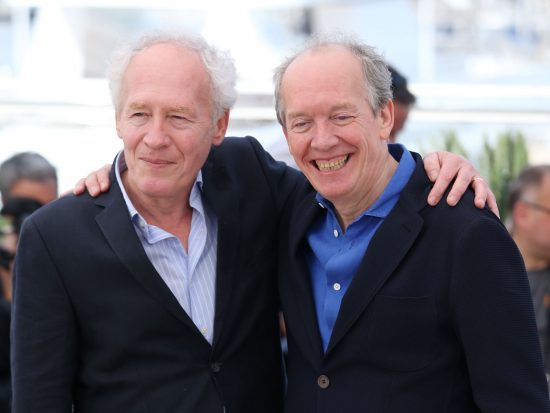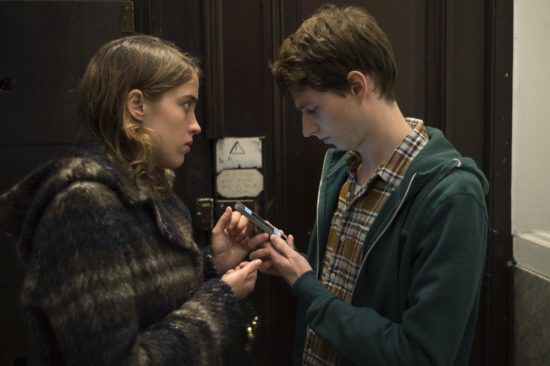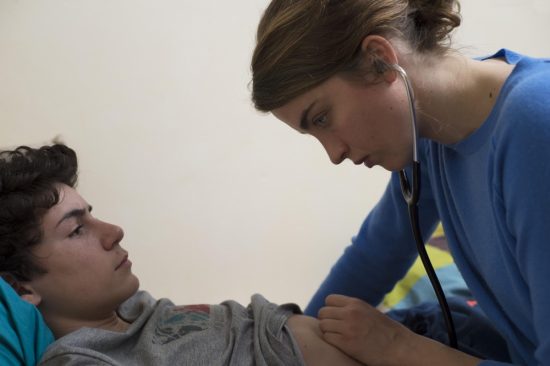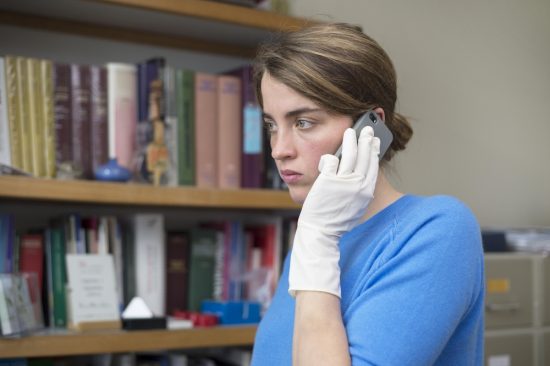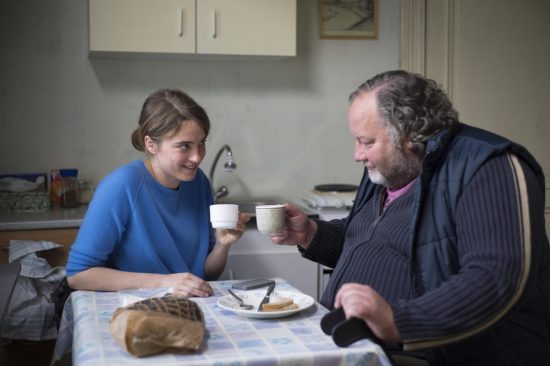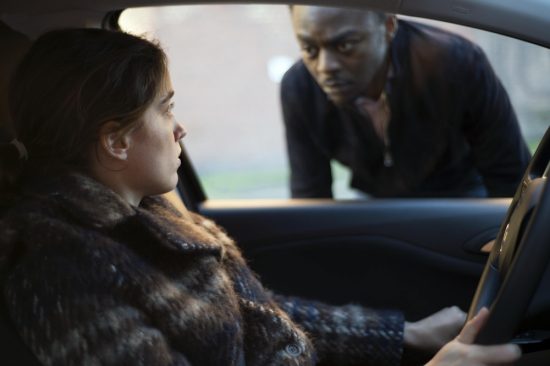Known Collaborators: Jean-Pierre Dardenne and Luc Dardenne talk about The Unknown Girl
While attending the 41st Toronto International Film Festival, Trevor Hogg had an opportunity to chat with Belgian brothers Jean-Pierre and Luc Dardenne about making movies together, the importance of social commentary and the inspiration for The Unknown Girl…
Ever since the release of The Promise in 1996, Belgian brothers Jean-Pierre and Luc Dardenne have garnered international recognition for their collaborative efforts as writers, directors and producers. Known for portraying working class life in naturalistic settings and situations, the filmmaking siblings explore the repercussions of an individual forsaking responsibility and having to deal with the fatal consequences in The Unknown Girl. “It’s difficult for us to see ourselves in the past and in the present,” admits Jean-Pierre when asked how the creative partnership has evolved over the years. “It has deepened our relationship because we’re facing a new adventure every time.” Social commentary is always present within the subject matter. “We want our films to be seen,” notes Luc. “But at the end of the day it’s the sincerity of our films that will reach the public.”
An particular theme led to the development of The Unknown Girl where a young doctor turns away a patient only to discover the next day that she has died. “It wasn’t a clip in a journal or anything like that,” explains Luc Dardenne. “We were looking at a situation where somebody would have done or not done something that consequently caused a death. The backbone of the story was culpability. The guilt. It’s the reason why we chose a doctor because she is there to keep a life and does the opposite. Is the doctor able to change people or not? It was a question for us. We cast Adèle Haenel (Orphan) to play Dr. Jenny Davin because she was young and had that capability to talk to patients and make them realize that they have a shared responsibility. The first shot is of Jenny listening to a breath. To life.”
“We met Adèle Haenel in Paris at a party,” recalls Jean-Pierre Dardenne. “Her face was young with a kind of innocence. It was important to us. We felt that maybe it is possible with her to have a doctor who was able to change people.” More difficult was finding the actor to portray the retired doctor who used to own the medical practice run by the protagonist. “For Dr. Habran [Yves Larec] we needed to work with a comedian,” remarks Luc Dardenne. “This kind of actor at this age is difficult to find because a majority of them had worked in theatre and have become very demonstrative, but for cinema it’s different. Several cast members we have worked with before, like Fabrizio Rongione [Two Days, One Night]. Choosing the young actors was not so difficult.”
Principal photography took place in Liège, Belgium, the hometown of the Dardenne Brothers. “We know the locations,” states Jean-Pierre. “It’s our city. It’s our studio. We try to find the best locations for our films. It’s the first step of directing. How the room is built and where the walls are located. We do it ourselves.” Locations are scouted for two to three months and rehearsals with the actors are recorded in a video camera. “We asked our Set Decorator [Amanda Petrella], ‘Is it possible to build a little wall there because we need two windows for that scene?’ Modifications are made but not all of the time. During the actual shooting of the scene sometimes we make the same shot [as we did the video camera] and other times we have another idea.”
Long wide shots prevail over close-ups. “It is not always the same reason but here we wanted to record the movement of the people in front of Jenny,” states Luc. “It was by having long takes that we hoped to shoot The Unknown Girl like a fictional documentary.” Five digital and two 35mm cameras were tested for the project. “We decide to shoot with a small digital camera because we were shooting in small locations and when working in postproduction it was almost the same as 35mm film,” remarks Jean-Pierre who along with his brother has a preference for using defused natural light which they believe makes the faces of their actors look better. A particular cinematic element is not featured in the crime-drama. “We don’t use music in this film. Our music is the dialogue of the actors and the background sound. The office of Jenny was along a highway and for us it was important to hear the noise of the cars. The outside world continues to move on.”
Many thanks to Jean-Pierre Dardenne and Luc Dardenne for taking the time to be interviewed and to learn more visit the official site for The Unknown Girl.
Trevor Hogg is a freelance video editor and writer who currently resides in Canada; he can be found at LinkedIn.
Next PostPrevious Post(adsbygoogle = window.adsbygoogle || []).push({});

